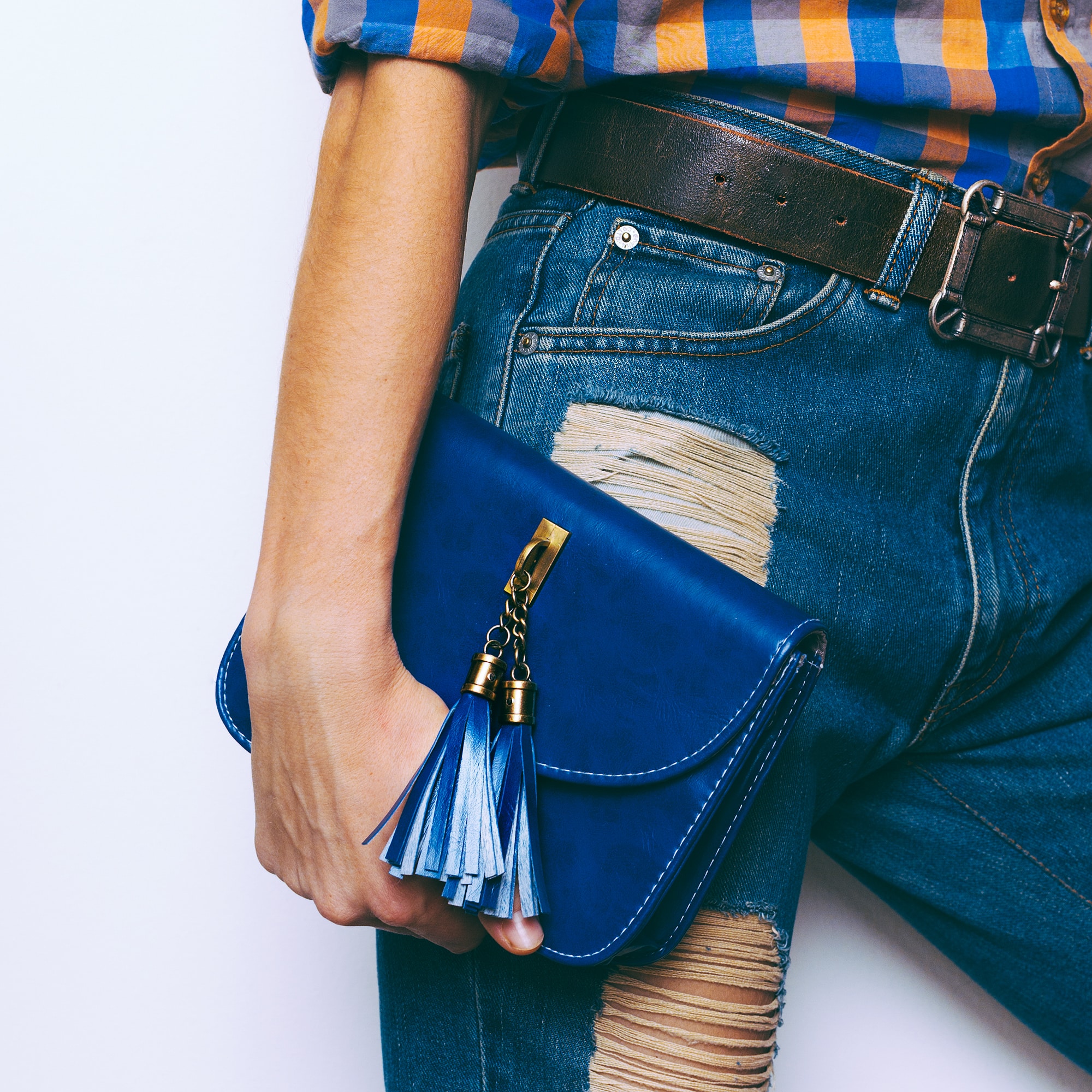What Are the Essential Tips for Choosing and Wearing a Belt with Business Suits?

Belts are more than just functional items. They are finishing touches that can make or break an ensemble. In the business world, where first impressions are crucial, the right belt on a suit can showcase your understanding of style and attention to detail. Today, we’re going to delve deep into the art of selecting and wearing a belt with business suits. We’ll consider everything from size and color to leather quality and buckle design. So buckle up, ladies! It’s time to help the men in your life dress their best.
The Golden Rules for Choosing a Belt
When it comes to selecting a belt, there are a few guidelines that should always be followed. The first one is regarding size. The belt should be long enough to loop through your pants but short enough so that it doesn’t hang clumsily. Generally, the tip of the belt should touch the middle of the pant loop.
Also to see : How Can You Style a Denim Skirt for a Business Casual Office Without Looking Too Casual?
Secondly, the width of the belt is crucial. A belt that is too wide or too narrow can throw off the balance of the outfit. For business suits, a belt width of about 1.5 inches works well.
Finally, pay attention to the belt buckle. It should be understated and elegant. A massive, ostentatious buckle can detract from the overall look of the suit. The buckle should be proportionate to the width of the belt, and it is generally recommended to match the color of the buckle with your shoes or watch.
Also read : What Are the Best Practices for Wearing Slogan Tees in a Casual Work Environment?
Matching the Belt with the Suit
Color coordination is a fundamental aspect of a well-assembled outfit. When it comes to belts and suits, the rule is quite simple – the color of your belt should match the color of your shoes. If you’re wearing black shoes, go for a black belt. If you’re wearing brown shoes, opt for a brown belt.
Now, regarding the suit itself, if you’re wearing a black or a dark-colored suit, a black belt is a safe choice. However, if your suit is brown or gray, a brown belt would be more appropriate. This rule applies to different shades of brown as well. Dark brown suits pair well with dark brown belts, while light brown suits go well with lighter brown belts.
Choosing the Right Leather
Leather belts are the standard for business attire, but not all leather is created equal. Genuine leather is what you should be aiming for. It’s durable, attractive, and age gracefully.
When selecting a leather belt, pay attention to the grain. Full-grain leather is the highest quality, and it’s recognized by its natural, unaltered grain pattern. Top-grain leather is the second-best quality. It’s a bit smoother and shinier than full-grain, but it’s also less durable.
Lastly, avoid bonded leather belts. These belts are made from scraps of leather that are glued together. They’re the lowest quality and tend not to last very long.
Casual vs. Dress Belts
Now, let’s delve into the difference between casual and dress belts as it’s essential to know when to wear each. Dress belts are designed for formal occasions or business attire. They’re typically made from smooth leather in black or brown and have a small, flat buckle.
On the other hand, casual belts offer more flexibility when it comes to color and design. They can be made from textured leather or even canvas and often have a larger, more decorative buckle. While they’re great for weekend wear or casual Fridays, they’re not suitable for a business suit.
In conclusion, knowing the difference between dress and casual belts can help ensure you’re always appropriately dressed for the occasion.
The Importance of Quality
Finally, we come to perhaps the most crucial aspect of belt selection: quality. A high-quality belt can last for years, even decades, while a low-quality belt might need to be replaced annually.
When assessing the quality of a belt, look at the stitching. It should be even and sturdy. Check the buckle as well. It should be securely attached and not easy to scratch or dent.
Remember, a belt is an investment. It might be tempting to go for cheaper options, but in the long run, spending a little more on a quality belt will pay off in durability, appearance, and style.
Caring for Your Leather Belt
Proper care is a crucial aspect of maintaining the quality of your leather belt. Your belt is not just a practical accessory; it’s also a statement about your style sensibility and attention to detail. Therefore, it’s imperative to ensure that it is always in top-notch condition.
Start by storing your belt properly. When not in use, roll your belt with the buckle on the inside and keep it in a cool, dry place. Avoid exposing it to excessive heat or moisture as these can cause the leather to crack or warp.
Cleaning your belt is also important. Use a damp cloth to wipe off any dirt or spills. If your belt gets really dirty, you might want to consider using a special leather cleaner. Just apply a small amount of the cleaner to a cloth and gently rub it onto the belt. Follow the instructions on the cleaner before using it.
Conditioning your belt is another key step in its upkeep. Over time, leather can dry out, causing it to lose its suppleness and shine. A leather conditioner can help restore moisture and keep your belt looking its best. Apply the conditioner sparingly and let it soak in before wearing the belt.
Lastly, be mindful of how you wear your belt. Consistently pulling it too tight can cause it to warp or stretch. Aim for a snug fit that is comfortable and allows for some movement.
Understanding the Belt Size
Understanding the belt size is a critical aspect of choosing a belt that not only fits well but also enhances your overall look. A belt that’s too long or too short can disrupt the balance of your outfit and leave a negative impression.
The belt size is usually measured from the end of the buckle to the middle hole. When buying a belt, choose a size that’s 2 to 3 inches larger than your actual waist size. This allows for some flexibility and ensures a more comfortable fit.
If you’re buying a belt online, don’t just rely on your pant size. Make sure to measure your waist or an existing belt that fits well, from the buckle to the hole you usually use. This will give you a more accurate measurement for your new belt.
In a nutshell, a well-fitted belt not only enhances your overall look but also provides comfort and ease of movement. So, take the time to understand your belt size before making a purchase.
Conclusion
To sum it up, choosing and wearing a belt with a business suit is not just about practicality. It’s a fashion statement, reflecting your style and attention to detail. The right belt can elevate your outfit and leave a lasting impression. So, follow these essential tips to choose a belt that complements your suit, fits well, and stands the test of time.
Remember, it’s not just about the color or style; the quality of the leather, the design of the buckle, and the proper care and maintenance are equally important. So, the next time you’re on the hunt for the perfect belt, consider these factors and make an informed choice. After all, a good belt is a worthy investment that can last you for years. So go ahead, buy a belt that truly adds to your style and enhances your personality.
